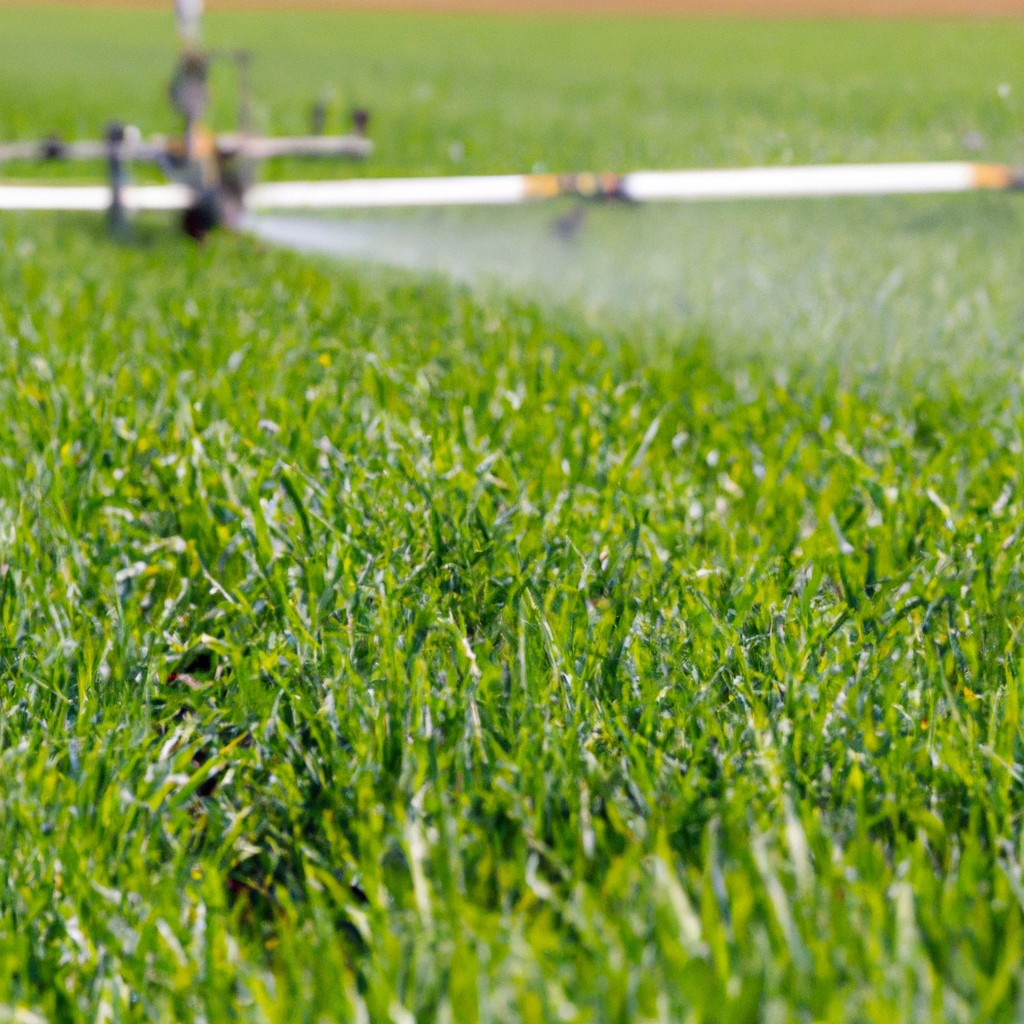This article explains how modern agriculture uses advanced technology and sustainable practices to increase efficiency and reduce environmental impact.
Look Inside:
Importance of Agricultural Technology

Advancements in agricultural technology are revolutionizing how we grow food, making farming more efficient and sustainable. By leveraging GPS and IoT devices, farmers can monitor crop health and soil conditions with astounding precision. This data-driven approach helps in applying water, fertilizers, and pesticides in exact amounts needed, which significantly reduces waste and environmental impact.
Robotics and automation have also transformed farming tasks. From automated tractors and drones for crop monitoring to robotic systems for harvesting, technology reduces labor costs and increases productivity. This helps farms operate more effectively, even in challenging labor markets.
Moreover, genetic engineering has made crops more resistant to pests and diseases and better able to withstand harsh climates. This technology ensures food production keeps pace with a growing global population while conserving natural resources.
These technologies not only optimize farming practices but also contribute to a more robust food supply chain, promising a future where agriculture meets global food demands sustainably and efficiently.
Traditional Vs. Modern Farming Techniques: A Comparative Analysis
Traditional farming relies heavily on human labor and natural resources like rain and fertile soil. These practices have been passed down through generations, often relying on organic methods. This approach generally uses fewer chemicals, making it perceived as more environmentally friendly, but can be less predictable and yields vary significantly.
In contrast, modern farming techniques harness technology and scientific research to increase efficiency and output. Precision agriculture, for example, uses GPS and IoT sensors to monitor and manage fields. This reduces waste and maximizes resource use. Additionally, modern methods can include hydroponics and vertical farming, which do not require soil and use significantly less water.
While traditional methods focus on sustainability and heritage, modern techniques prioritize efficiency and control. Each has its merits, and often, the best approach combines elements of both to suit the specific environmental conditions and market needs.
Precision Agriculture Technology
Precision agriculture uses technology to fine-tune farming practices for optimum yield and reduced resource waste. This approach deploys various tools such as GPS, drones, sensors, and IoT devices.
GPS technology assists farmers in mapping field boundaries, roads, and irrigation systems. It enables precise planting, fertilizing, and harvesting. Drones provide aerial photos that help in crop surveillance and assessing plant health. Sensors monitor soil moisture and nutrients, guiding irrigation and fertilizer application decisions efficiently. IoT devices allow remote monitoring and management of farm equipment and conditions.
These innovations lead to smarter decisions, higher productivity, and sustainability in farming practices. By adopting these technologies, farmers can achieve better control over their agricultural processes, leading to enhanced crop quality and environmental preservation.
Blockchain and Food Traceability
Blockchain technology brings transparency and accountability to food traceability. By creating a permanent, immutable ledger of all transactions, it allows consumers and businesses alike to track the journey of food products from farm to table. This process ensures that each step – from planting, harvesting, processing, and shipping – is recorded and accessible.
One key benefit is the enhancement of food safety. In the event of a contamination issue, blockchain can quickly identify the source and potentially contaminated batches, enabling faster recalls and reducing health risks.
Moreover, blockchain supports sustainability initiatives by validating claims such as organic or fair-trade status, providing proof that products meet certain ethical standards.
Finally, this technology empowers consumers with knowledge about the origins and handling of their food, fostering greater trust between producers and consumers. In an age where food origin is increasingly valued, blockchain could play a pivotal role in strengthening the integrity of our food systems.
The Future of AgTech
As technology evolves, so does agriculture. Innovations in this field are moving at a brisk pace, aiming to solve some of the most pressing challenges faced by farmers and the planet.
One exciting development is the rise of autonomous farm equipment. These self-driving tractors and harvesters can operate 24/7, boosting productivity and reducing the need for manual labor.
Another key focus is on smart irrigation systems that use data to optimize water usage. These systems consider weather forecasts and soil moisture levels to deliver just the right amount of water where it’s needed most, ensuring minimal waste.
Vertical farming, too, is gaining traction. By stacking crops in layers inside controlled environments, this method can significantly increase yield per square foot and reduce water usage, all while cutting down on transport emissions.
Lastly, gene-editing techniques like CRISPR are revolutionizing crop enhancement. These methods allow for the development of plants that are more resistant to pests, diseases, and climate extremes, supporting sustainability and food security.
These advancements in AgTech are not just changing farming practices; they’re shaping a future where agriculture is more efficient, sustainable, and resilient.




